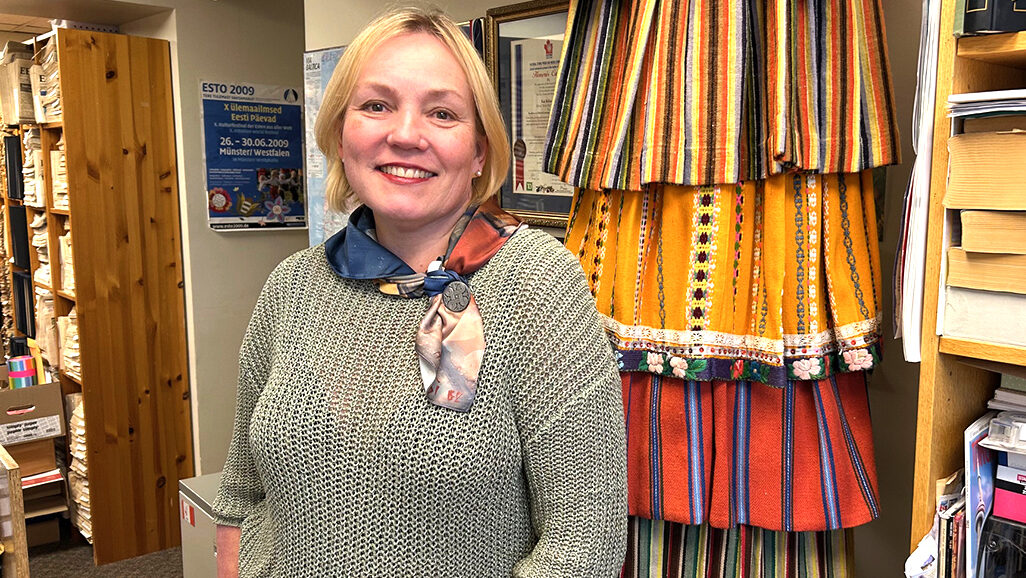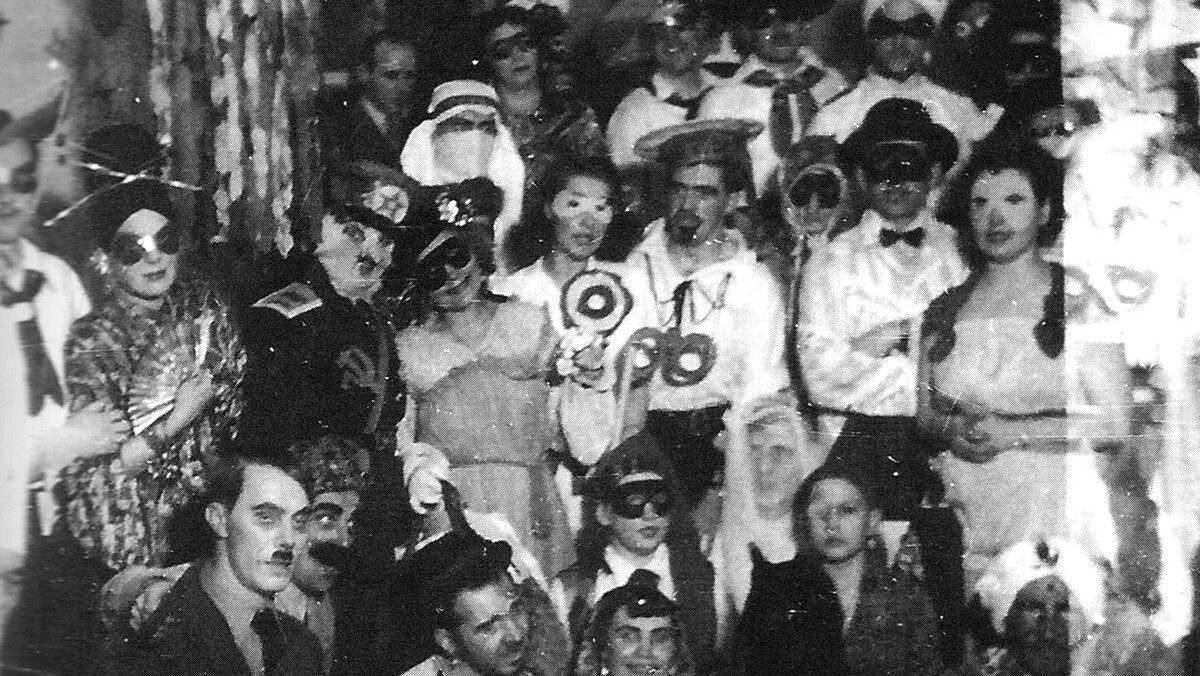Family history can appear like an abstract concept, something reserved for keen historians and genealogists. But Peter Keerma’s 2019 book Fortune and Fortitude—The Amazing Story of Gunnar and Lelia Keerma challenges that idea, making his family history feel like both a compelling narrative and universally relevant. Here we have further documentation of Estonian survival, resilience, and the wild twists of fate we’re all subject to.
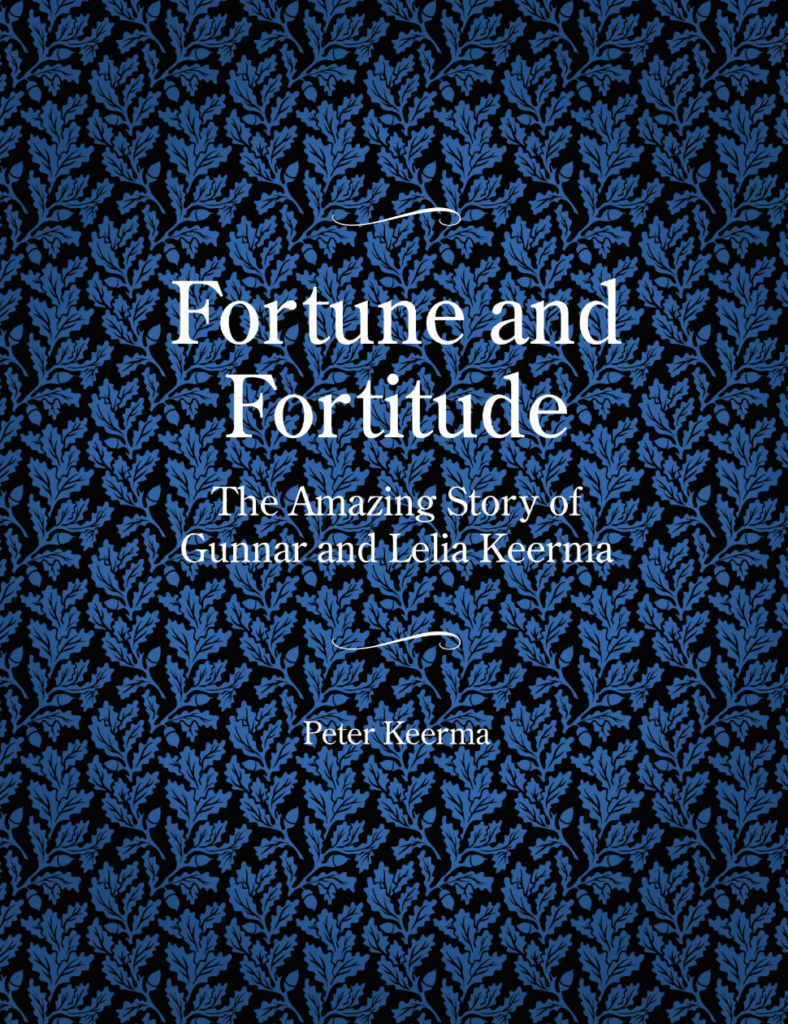
This biography-slash-historical-text follows the lives of Peter’s father and mother, Gunnar and Lelia Keerma, who were caught in the upheaval of World War II. It contextualizes everything from the terms of the Molotov-Ribbentrop Pact to the struggles of displaced persons in post-war Europe. The book also touches upon psychological and philosophical themes such as memory, identity, and the human instinct to rebuild.
One of the book’s strengths is how it blends “bird’s-eye-view history” with intimate personal narratives and imagery, like the romance of the titular husband and wife meeting each other while Lelia was being pursued by a lovestruck British airman. Or how Gunnar, born in 1924, was conscripted into the German army at twenty, nearly died in battle, and became a prisoner of war. Meanwhile, Lelia, born in 1928, escaped to Germany with her family, enduring DP camps before eventually resettling in England. Extra reward is given to historically-keen readers in a description of the “Westward Ho!” resettlement scheme.
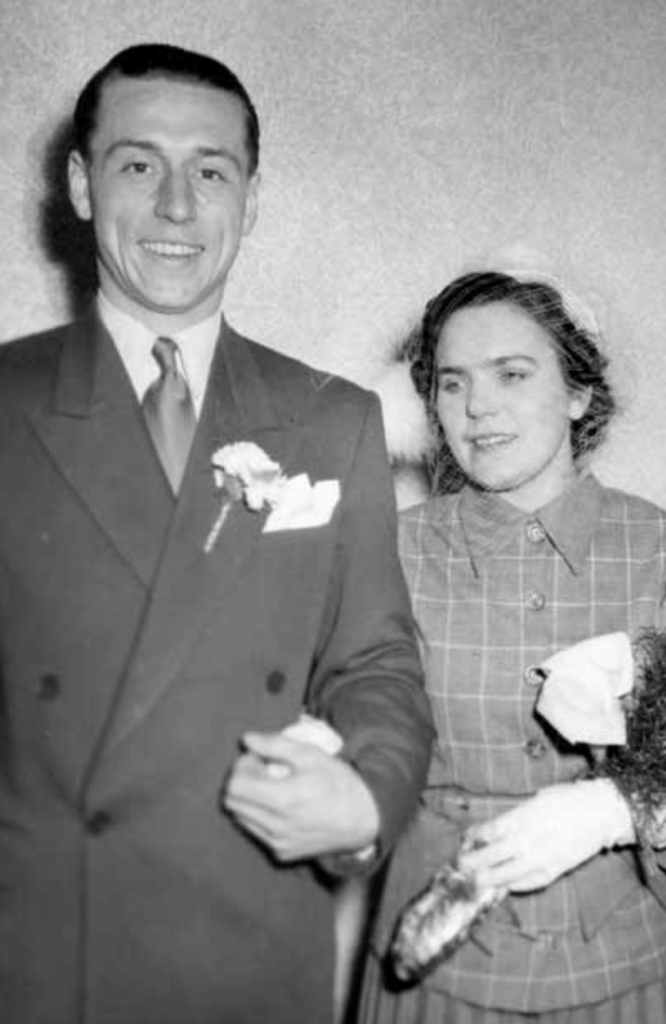
Keerma does not shy away from the harsh truth, including the drastic economic reset button that is being a refugee in a foreign country. As the author writes, “By the end of the War, everything they knew was gone: their families, their friends, their homes, their belongings, and their future.” There isn’t a clean-cut narrative of escape and new beginnings in this story. Instead we get more complexity. Lelia, trained as a nurse and took on challenging jobs at psychiatric hospitals. She shared a small single room with her family at 20 Westbourne Street in Stockton-on-Tees. They were pinching their pennies. Gunnar arrived in England in 1947, working first as a farm labourer before moving into industrial work at Buckland Tile Company. Lelia’s thorough diary entries (from 1943 to 1954) illustrate her perspective: “I’ve already been in Stockton for two weeks now. It’s not so easy living away from the hospital (residence). I got used to all sorts of modern comforts there—like a bath, warm water, central heating, etc., etc. Here, it’s like being in purgatory. And this ‘living with fellow Estonians’ is just filthy-dirty.”
There’s strength to be found in the strength people of the past had, making the best of what happened to them. For instance, someone born in the late 1800s (e.g. a millennial’s great grandparents) could’ve seen their life trashed by war twice, maybe by widespread disease and economic collapse as well. But even so, people carried on.
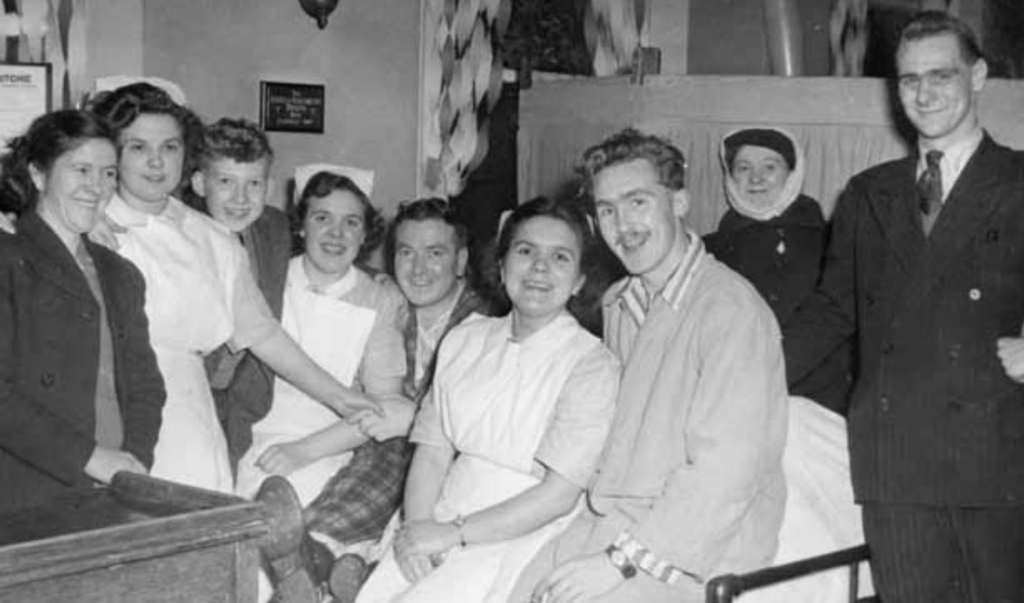
Still, in and around the grit, there are moments of humour. Peter reminds readers of his parents’ ability to laugh at their situation. One funny moment comes when Gunnar, attempting to order dessert at a restaurant, confidently tells the waitress, “We’ll all have the shortberry strawcake.” Considering the stories one hears about Estonians living rough as refugees, the notion of eating straw wouldn’t be surprising, but really it’s not that deep—just a linguistic misunderstanding. The phrase became an inside joke in the family for years.
Peter’s parents didn’t stay in England forever. Faced with limited opportunities, Gunnar and Lelia decided to immigrate to Canada in 1951, joining a wave of Estonian refugees seeking a fresh start. Their transatlantic journey from Plymouth aboard the Protea was rough, with violent storms forcing them to land in St. John, New Brunswick, instead of Halifax, Nova Scotia. Lelia recounted their arrival, writing, “… we were checked by a tired immigration officer [who said] ‘How much money do you have?’ [We replied] ‘Not very much!’ [To which he replied] ‘Never mind. You are young and speak English. Merry Christmas. Next!’” This was after extensive work gathering character references, employment letters, and a visa from the Canadian consulate in Liverpool.
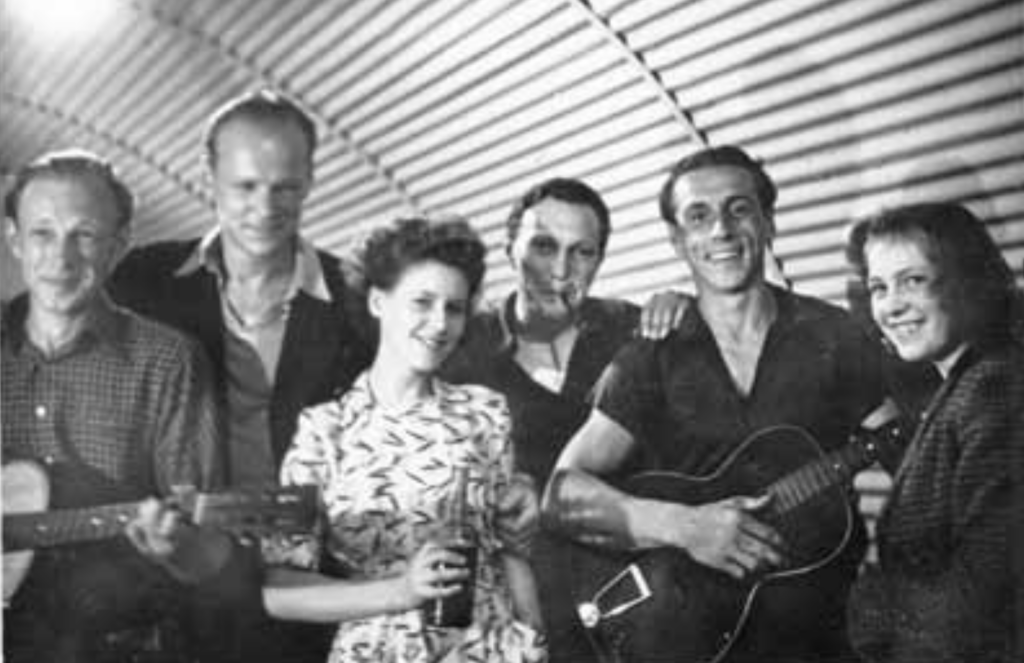
Their early years in Canada were marked by hard work and perseverance. Lelia and her mother quickly found jobs as nurses at The Hospital for Sick Children in Toronto, while Gunnar secured work in the hospital pharmacy. They lived in a crowded rooming house on McCaul Street (just by where the AGO is today), gradually saving enough to move into a home of their own. Over the years, they became active members of the Estonian-Canadian community, and we see the progression of the family and their activities through plenty of photos.
Perhaps that’s our cue for more of us to write the biographies of our families, to ask our parents and grandparents about their stories before it’s too late.
Keerma’s book gets into not only what happened to his parents, but also why it mattered. The book provides historical analysis, information on genealogy, and even reflections on genetics—discussing how traits, habits, and character can be passed down through generations. All of this would be a good prompt and motivation for finding out about one’s own family history. Comparing the broader relevance of an Estonian person’s biography to that of celebrities, the author is emphatic: “…there were people very close to us whose lives were just as interesting. And those people actually did call to see how we were doing. Those people loved us, cared for us, and cared about us.” Perhaps that’s our cue for more of us to write the biographies of our families, to ask our parents and grandparents about their stories before it’s too late.
As Peter Keerma says, “…this is not only the story of Gunnar and Lelia. It is your story too.”
If you would like to read a digital copy of this book, contact Peter at westbourne1950@gmail.com. From this address you can obtain high resolution and lower resolution files of the book for viewing and download.
